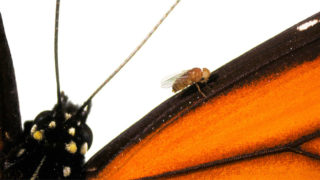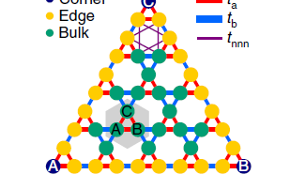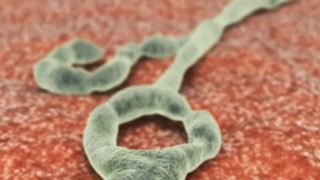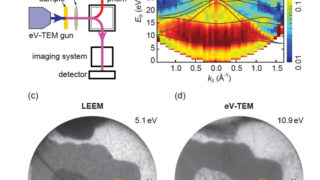
MI weekly selection #345
Gene editing gives fruit flies monarch abilities Researchers have edited the genes of fruit flies to make them able to digest the toxins in milkweed like monarch butterflies do. It took just three genetic tweaks to give the fruit flies that ability. Science News Bumblebees lose sleep over parental duties Bumblebees have been observed refraining […]








